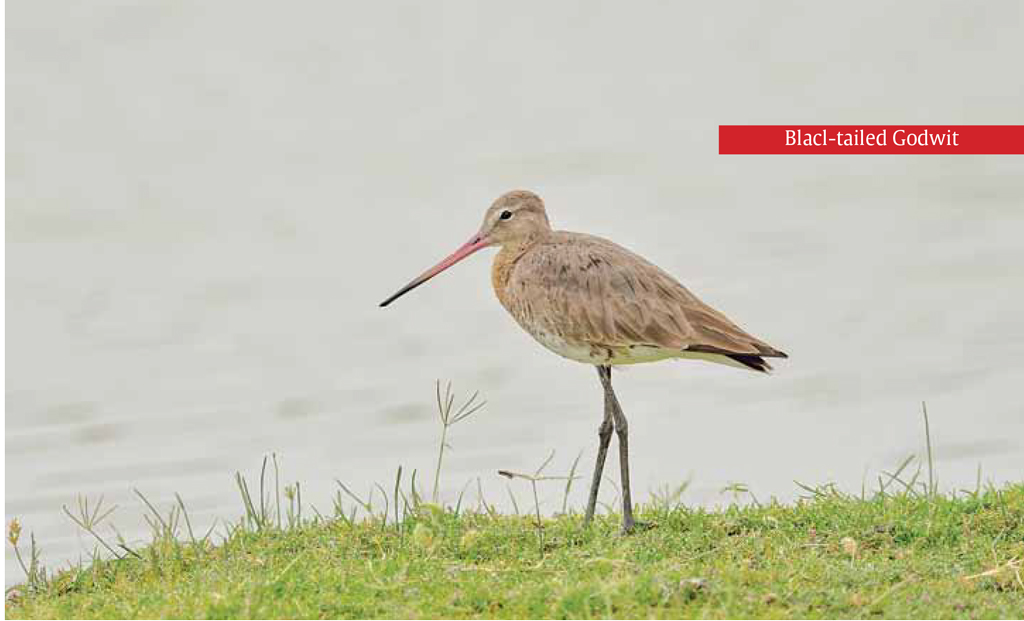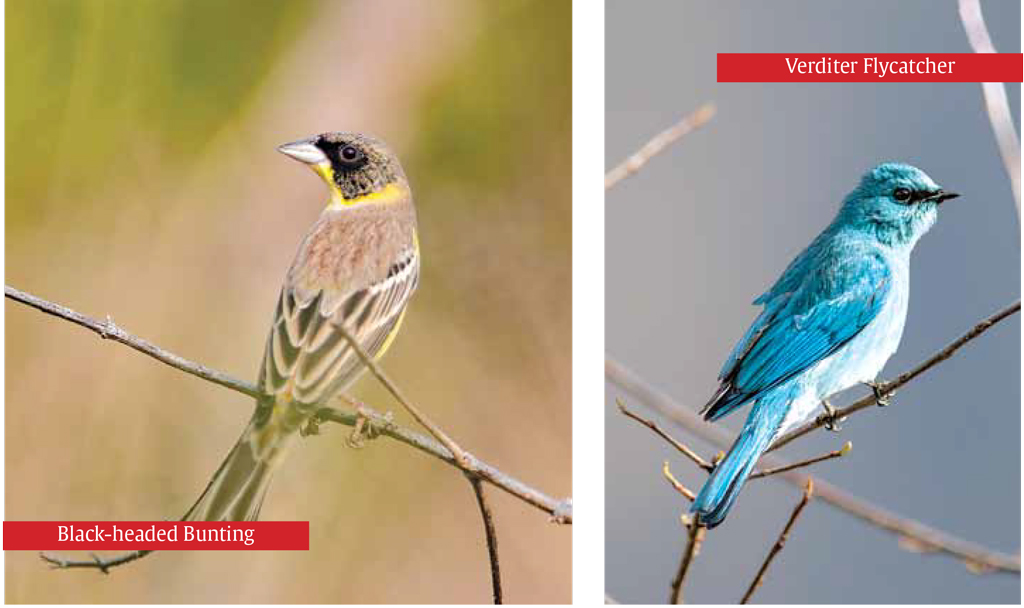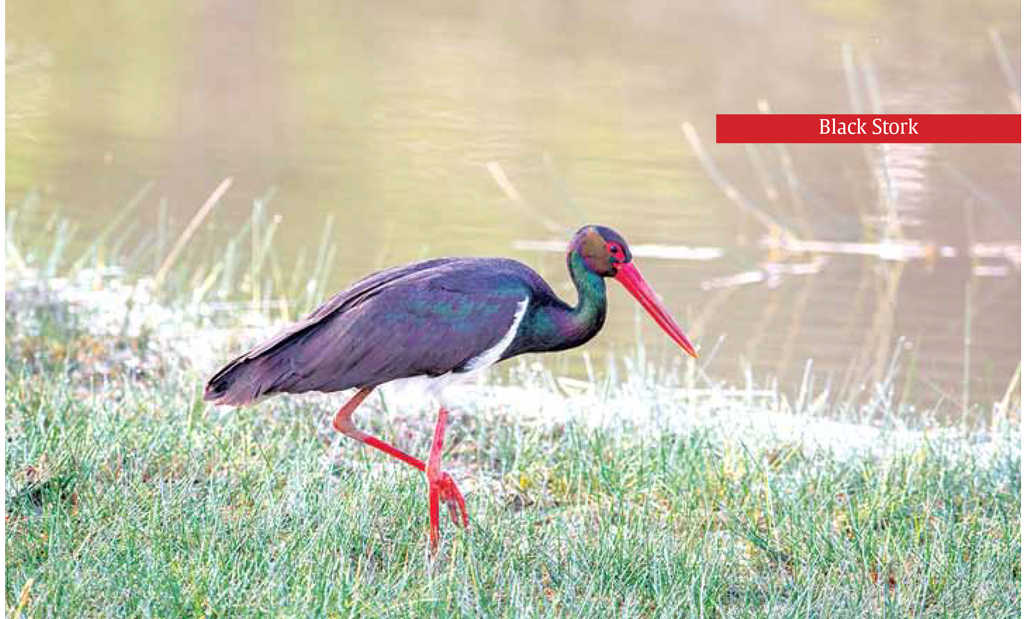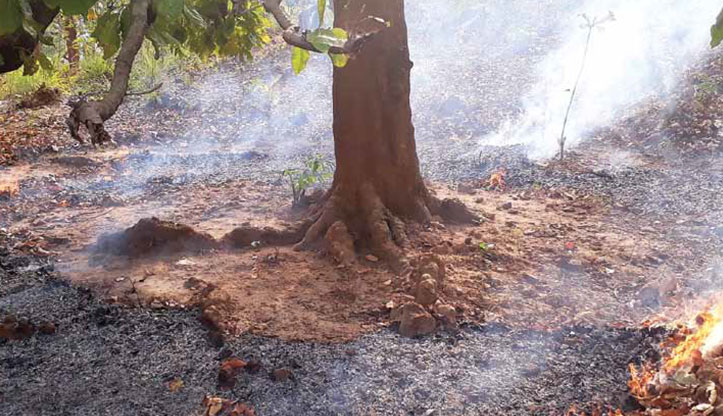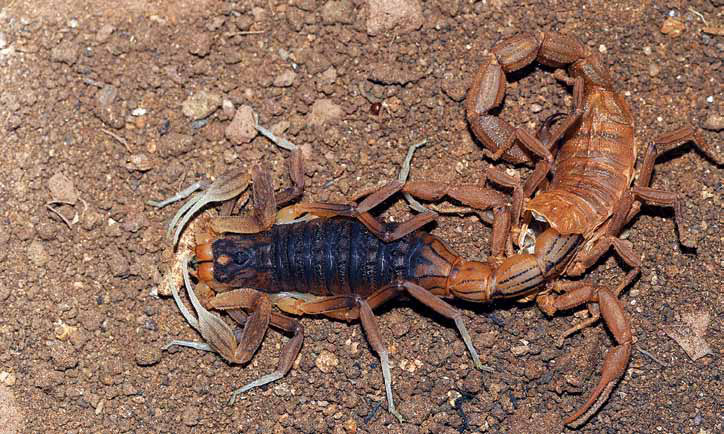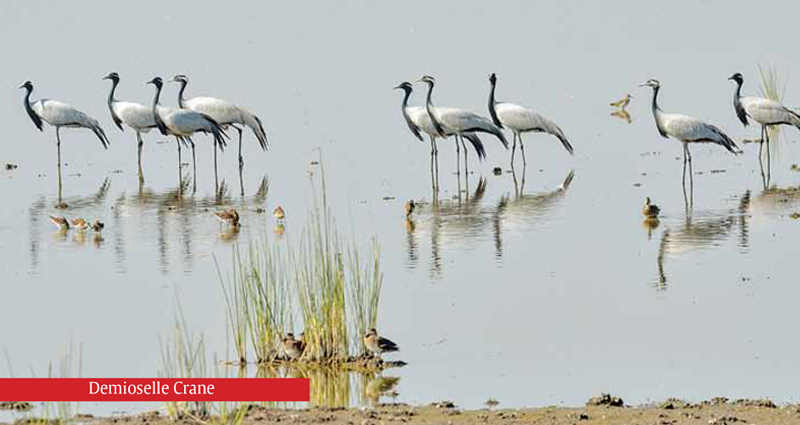
Birds of Madhya Pradesh- The Winter Migrants
By Subharanjan Sen, IFS
The Central Indian State of Madhya Pradesh(MP) is one of India’s largest states with the largest area under forest cover. The state occupies what is called the central highlands that rises south of the Gangetic plains and is defined by two main series of hill ranges running almost parallel roughly East-West-the Vindhyas in the north and the Satpuras in the south. The Satpuras represent the highest series of hills in Peninsular India between the Himalayas and the Western Ghats.
The western parts of the state border the dry thorn forests of Rajasthan and Gujarat and is characterised by open and scrub forests and grasslands while the eastern and south-eastern parts have moist deciduous forests. While there are no unique habitat types, the varied natural vegetation and geomorphology support about 450 species of birds. While none are endemic to the state, several are rare and endangered. The Bhoj wetlands adjoining the state capital of Bhopal is a RAMSAR site of international importance while 19 sites are included in the Important Bird Areas network. The state has 10 National parks and 25 Sanctuaries.
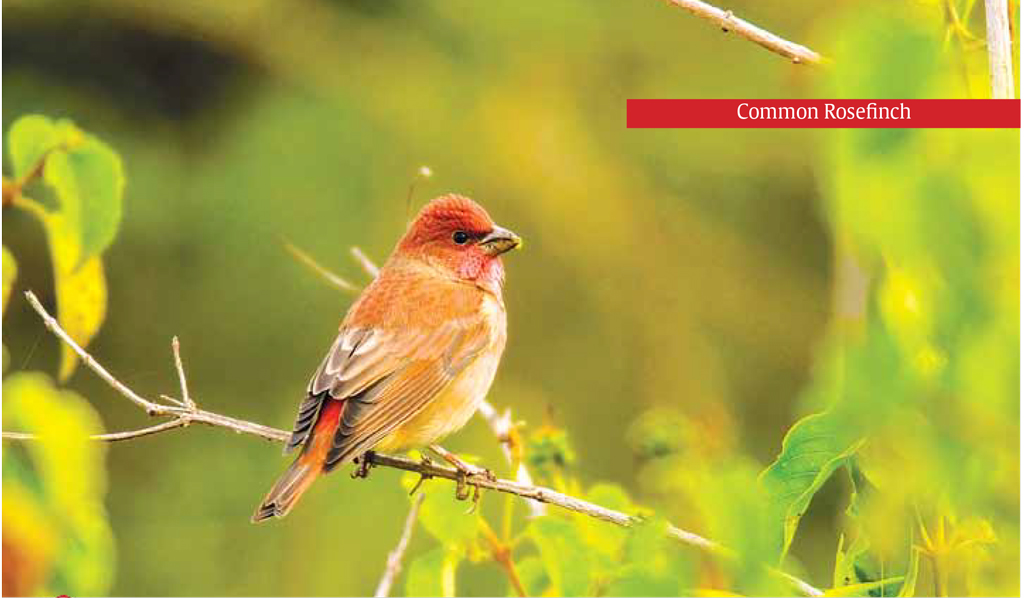
Madhya Pradesh has about 450 birds including residents, migrants and birds in passage. About 150 of them are winter migrants. The migrants include ducks and geese, waders, birds of prey including vultures, warblers and other song birds. The birds wintering in MP are mostly from Central Asia including the Tibetan Highlands and Ladakh in India. Many are also Himalayan birds from the higher Himalayas that winter in the Gangetic Plains as well Peninsular India. All these migrants migrate to their wintering grounds to escape the harsh winter in the northern latitudes. They invariably come here to escape the freezing temperatures in their summer (breeding) grounds where food availability is severely curtailed. These are therefore the feeding grounds for these birds. These winter migrants do not breed here.
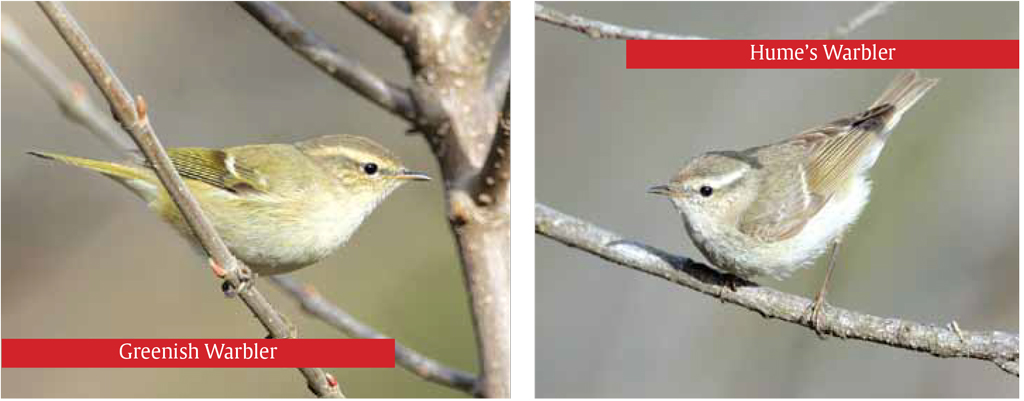

The state has numerous wetlands. Several are included in the list of Important Bird Areas including the Ramsar site of Bhoj wetland near Bhopal. The wetland birds include endangered residents like Sarus Crane, Indian Skimmer, Black-Bellied Tern and Darter. They also attract a multitude of winter migrants like Red-Crested Pochard, Eurasian Wigeon, Brahminy Duck, Garganey, Great Crested Grebe and Pintail. The water bodies are also the haunts of the Migratory Osprey and the Marsh Harrier. Amongst the other notable winter migrants that flock to water bodies are the Demoiselle Crane, Brahminy or Ruddy Shelduck, Bar-headed Goose, Red Crested and Common Pochards, Tufted Duck, Wigeon, Common Teal, Gadwaland Garganey. Also seen in several wetlands are the Black Stork. Waders that keep to the shallow waters include Black-tailed Godwit, Ruff, many Sandpipers including the Sanderling. Areas around water bodies have other migrants like the Yellow, White as well as Grey Wagtails and Bluethroat. Some areas have both the rarer Ruby-throats – White tailed as well as Siberian.
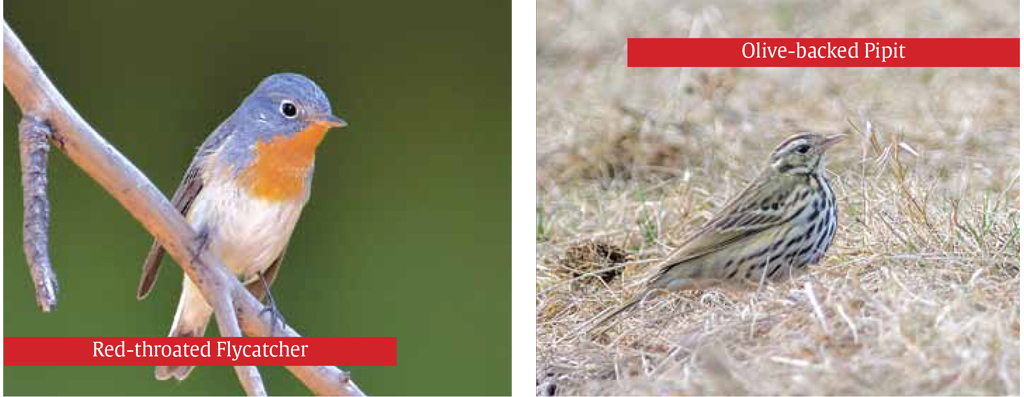
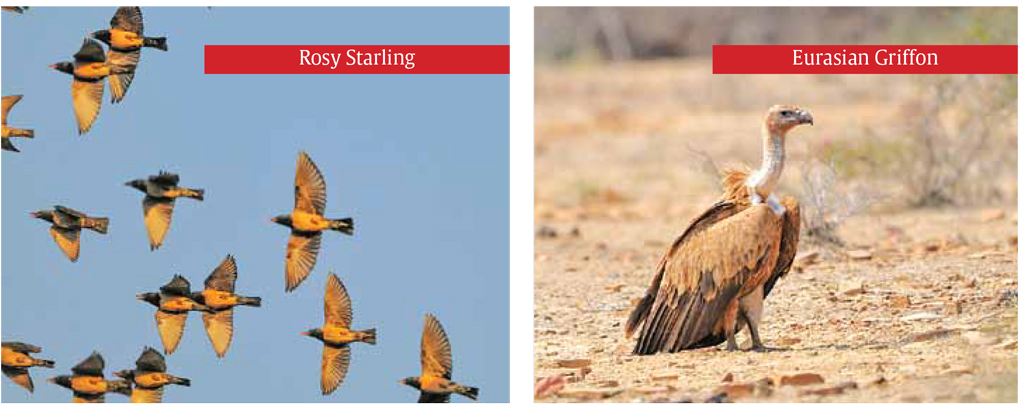

Migrant birds that prefer forests or open grasslands include the Short-eared Owl, Harriers including Montagu’s and Pallid Harrier, Greater Spotted Eagle and the Griffon Vultures-both Himalayan as well as Eurasian Griffons. The resident Indian Roller is joined by the bluer European Roller. The largest of our Vultures is the Himalayan Griffon followed by the Cinereous Vulture which is also a winter visitor here. The only migratory woodpecker is the Eurasian Wryneck.
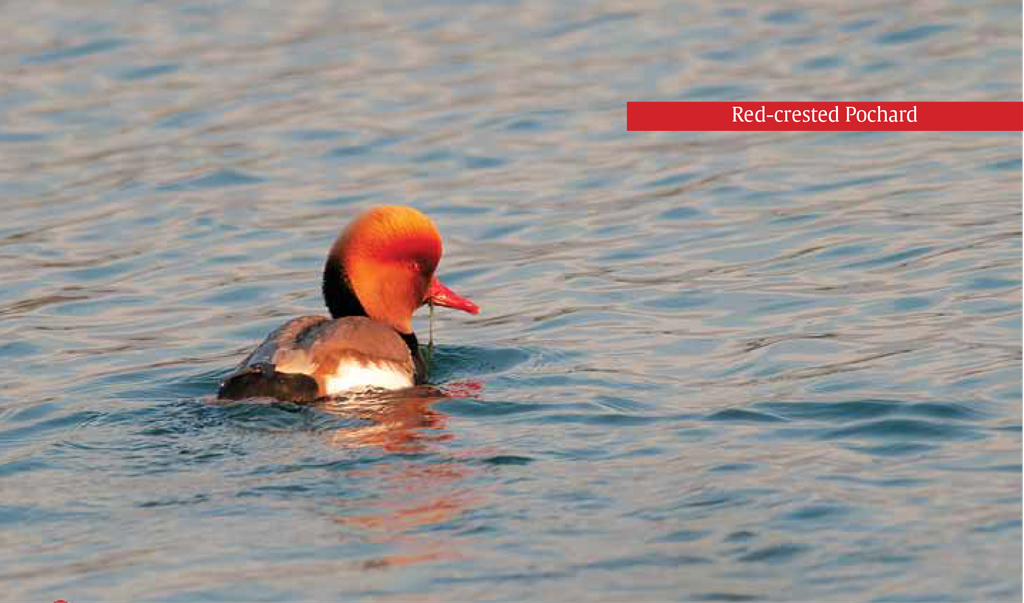
A large proportion of the migrants are however smaller birds like Warblers and other Song Birds. These include several Pipits including the commonly encountered Olive-backed Pipits that typically are seen feeding on the ground but fly into the trees when disturbed. Others include Tree Pipits, Larks Several Flycatchers including the Verditer, Red-throated and Taiga Flycatchers, the dainty Grey-headed Canary Flycatcher and Black Redstart. The Grey-headed Canary Flycatcher incidentally has a small resident population in Kanha and Satpura National Parks. Another group of visitors are the Warblers including the Greenish Warbler, Common Chiffchaff, Hume’s Warbler, Sulphur-bellied Warbler etc. Grasslands and crop fields also see Red-headed and Black-headed Buntings.
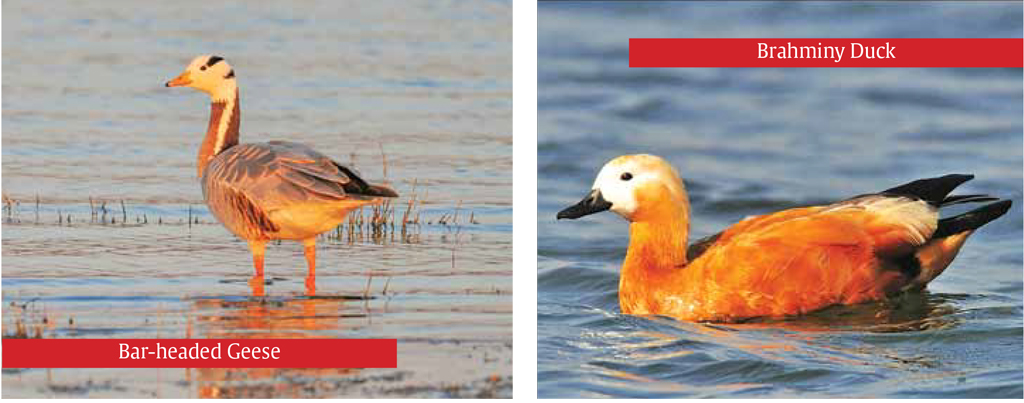
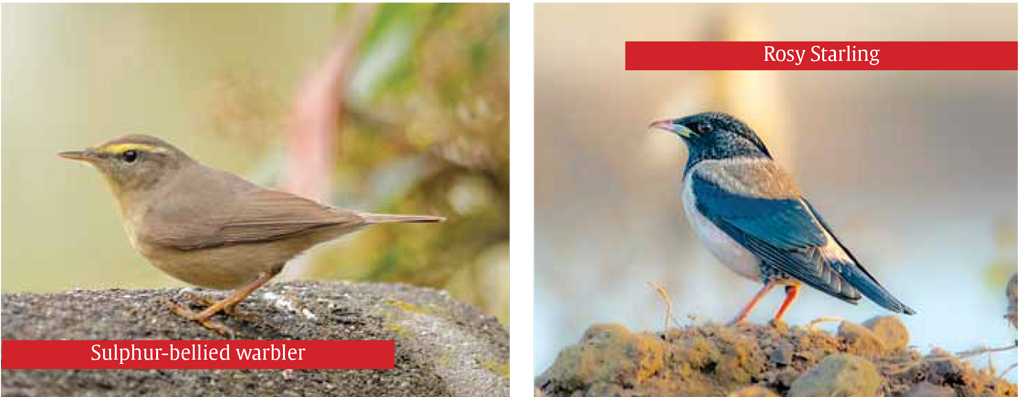
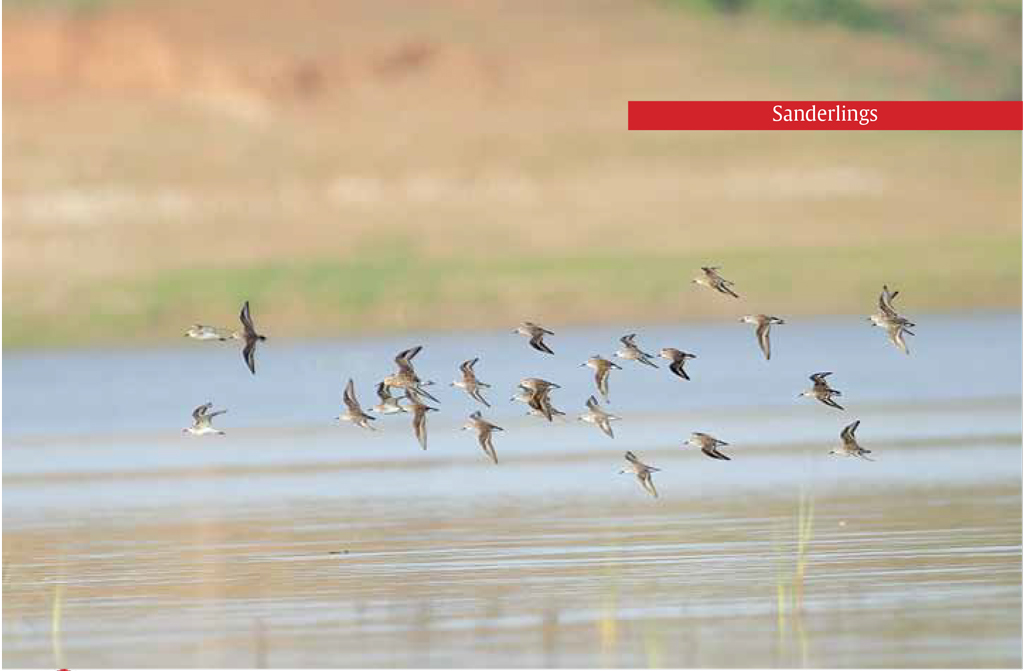
Rare migrants to Madhya Pradesh include birds like the Eurasian Bittern, Red-necked Phalarope, White Stork, and White-tailed Lapwing. But whereever you may be in Central India this winter, you will find some of these winter visitors here from the Black Redstart, Chiffchaff and Hume’s Warbler in our gardens to the harriers and larks in the grasslands or the waterfowl that flock to the waterbodies.
